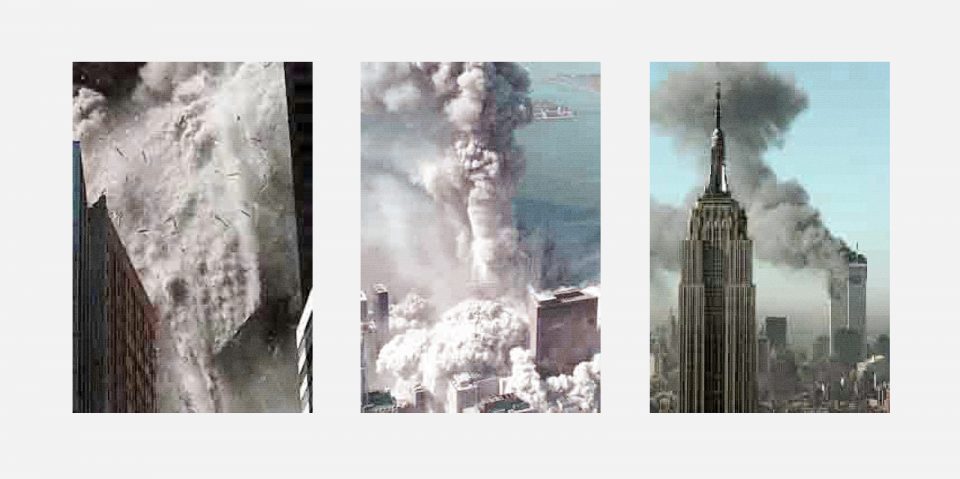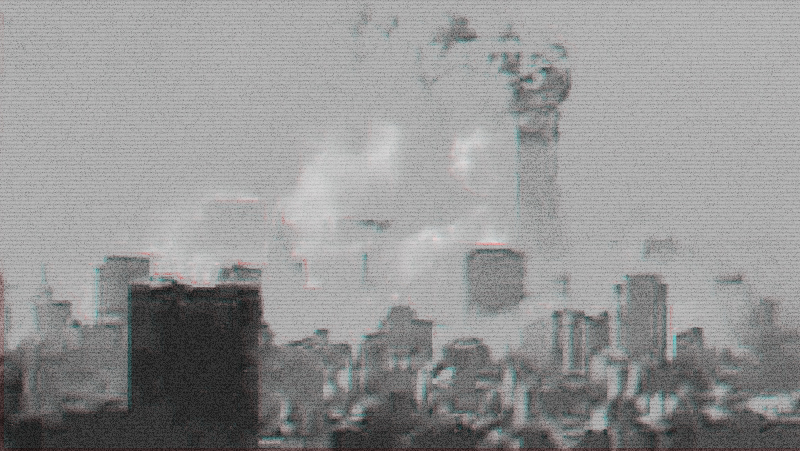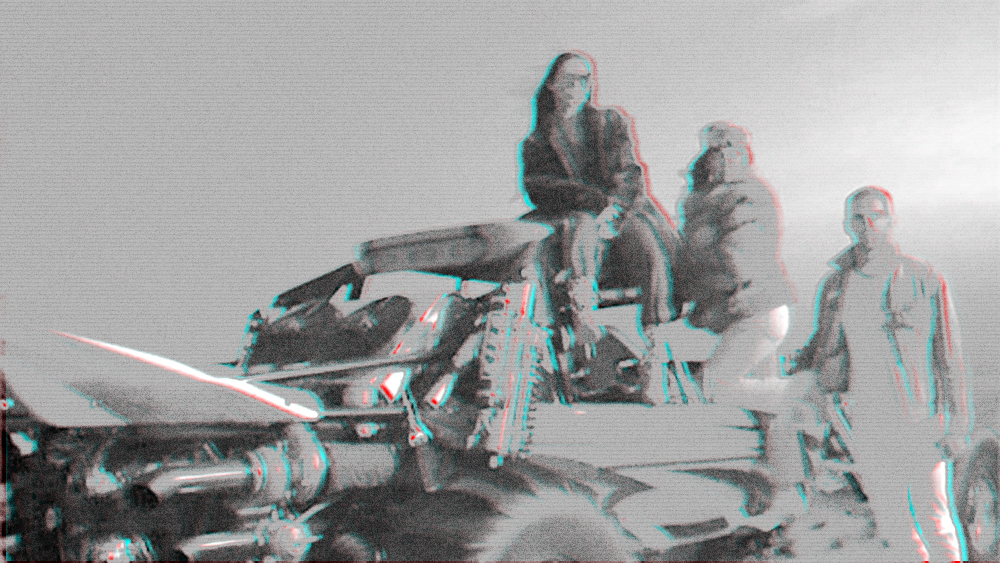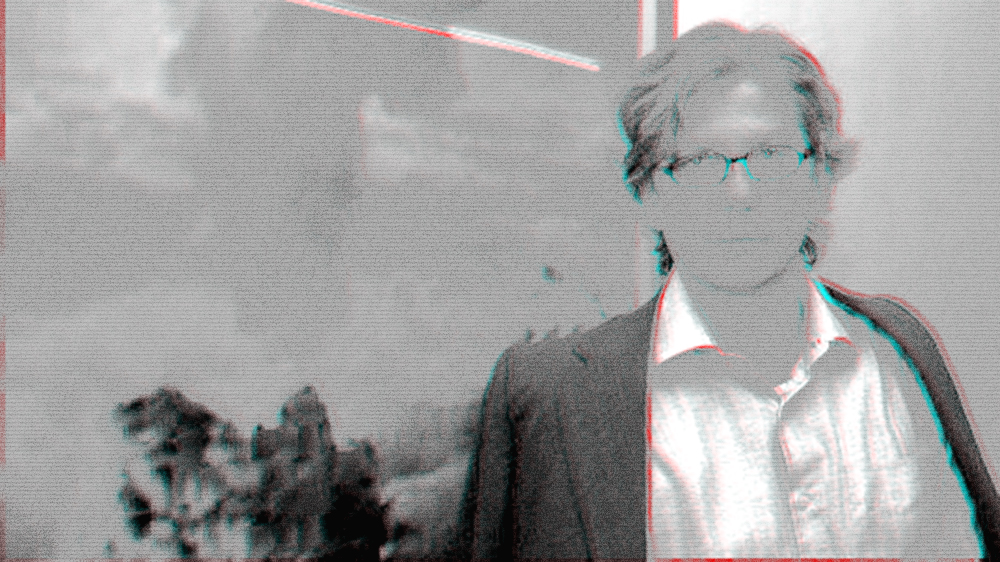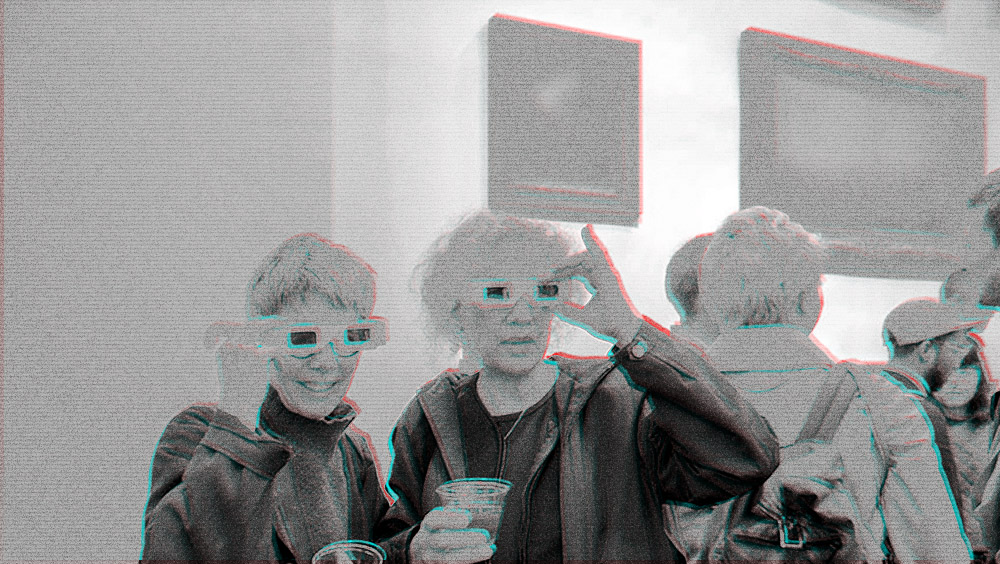In his research on the means and possibilities of photography, Thomas Ruff explores a variety of themes that is reflected in the range of techniques he employs. Analogue and digital exposures exist in his practice alongside computer generated imagery, photographs from scientific archives and pictures manipulated from newspapers, magazines and the Internet. In his famous portraits, Ruff pursues an idea of photography as a static, objective, high-definition technique. However, in series like Nacht, Nudes and jpegs, the German photographer reflects on the aesthetic connotations of low-resolution.

In the jpegs series (2004-2009) Ruff explores the distribution and reception of images in the digital age. “One day in 2000 I was downloading pictures from the internet and I noticed some of them were broken up into little squares. It created quite a painterly, impressionistic structure; and rendered parts of what was often an ugly image very beautiful. I looked into it, and found the jpeg file-compression software was responsible. I started experimenting to see if I could create whole images like this myself” he states. Many of Ruff’s works in the series focus on idyllic, seemingly untouched landscapes, and conversely, scenes of war, and nature disturbed by human manipulation. Taken together, these masterworks create an encyclopedic compendium of contemporary visual culture that also actively engages the history of landscape painting.
Starting with images he culled primarily from the web, Ruff enlarges them to a gigantic scale; which exaggerates the pixel patterns until they become sublime geometric displays of color. “A pixellated square is ugly; but if you present it in the right context it can become beautiful” the photographer says. However, the meaning of Ruff’s work in not only aesthetic. By showing the hidden structure of digital images, he invites us to reflect on contemporary visual culture. In fact, all images that appear on the internet or printed in books today are digitized. Nearly all images are digital even if they originated in non-digital or pre-digital forms. Given this fact, it is surprising how few of them ever wish to address the fact that they exist as masses of electronic information that take visual form as pixels. Thomas Ruff’s jpegs series embraces the true nature of digital images.
